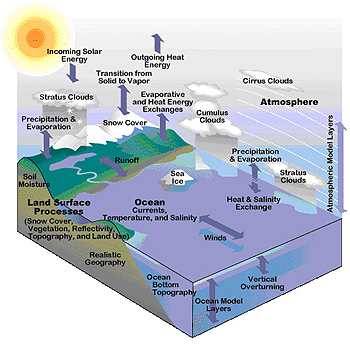What’s in a global climate model? The Community Climate System Model (CCSM version 3) that is run with the supercomputer at the National Center for Atmospheric Research incorporates data about all of the natural processes shown in this diagram to simulate Earth’s complex climate system.
Click on image for full size
UCAR
How Climate Models Work
In a global climate model (GCM), hundreds of mathematical equations, which describe Earth processes and how Earth processes are interrelated, are processed using supercomputers. Usually this is done in order to make climate predictions for one or more centuries into the future; sometimes models are run backwards to examine climates of the geologic past. The GCMs represent natural processes via mathematical equations in a three-dimensional grid that covers the surface of the modeled Earth and extends upward in layers through the modeled atmosphere. At every intersection in the model’s grid the model calculates the atmospheric processes that are going on through the timeframe of the model’s run. Small processes that happen between a model’s grid points cannot be “seen” in the model results, but they can be accounted for in other ways. Some models have wide spacing in the grid and, thus, fewer points where the model calculates. These run faster and are useful when less detail is needed. Some models have very closely spaced grid points. These produce much more detailed simulations and require more computing time.
Last modified July 18, 2007 by Lisa Gardiner.
You might also be interested in:
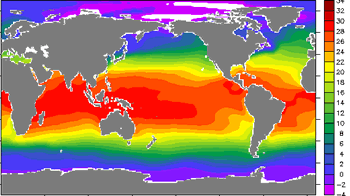
Climate in your place on the globe is called regional climate. It is the average weather pattern in a place over more than thirty years, including the variations in seasons. To describe the regional climate
...more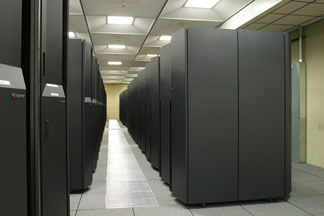
Predicting how our climate will change in the next century or beyond requires tools for assessing how planet responds to change. Global climate models, which are run on some of the world's fastest supercomputers,
...more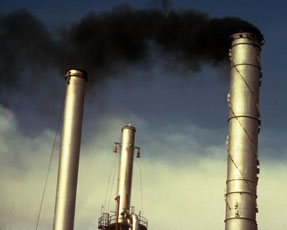
Leaders from 192 nations of the world are trying to make an agreement about how to limit emissions of heat-trapping greenhouse gases, mitigate climate change, and adapt to changing environmental conditions.
...more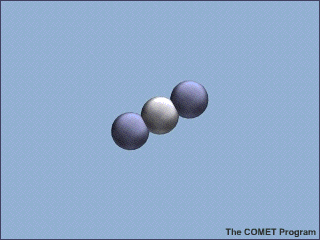
Less than 1% of the gases in Earth's atmosphere are called greenhouse gases. Even though they are not very abundant, these greenhouse gases have a major effect. Carbon dioxide (CO2), water vapor (H2O),
...more
Television weather forecasts in the space age routinely feature satellite views of cloud cover. Cameras and other instruments on spacecraft provide many types of valuable data about Earth's atmosphere
...more
The world's surface air temperature increased an average of 0.6° Celsius (1.1°F) during the last century according to the Intergovernmental Panel on Climate Change (IPCC). This may not sound like very
...more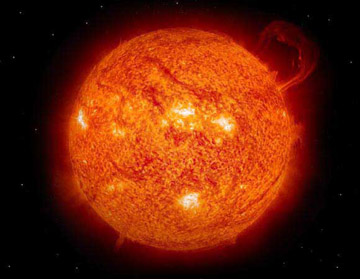
A factor that has an affect on climate is called a “forcing.” Some forcings, like volcanic eruptions and changes in the amount of solar energy, are natural. Others, like the addition of greenhouse gases
...more


